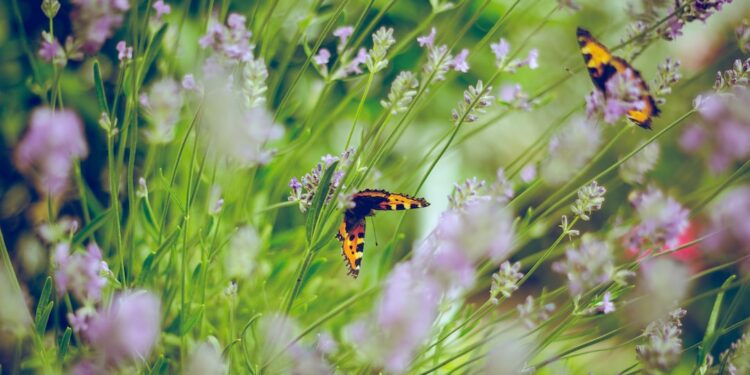Cultivating a Sensory Garden: Plants to Engage the Senses
Gardens have long been a source of solace and tranquility for many individuals. The colors, the scents, and the feeling of being close to nature can provide a sense of peace and rejuvenation. But what if your garden could engage not only your sense of sight but also your other senses? Enter the sensory garden – a space designed to stimulate and delight all five senses. In this blog post, we will explore some wonderful plant options that can help you create a sensory garden that engages and excites.
1. Lavender: Known for its soothing scent, lavender is a must-have in any sensory garden. Its aromatic fragrance can help promote relaxation and calmness. Many people also enjoy rubbing the lavender flowers between their fingers to release their natural oils, further enhancing the sensory experience.
2. Rose: The rose is perhaps the most iconic and beloved flower worldwide. Its delicate petals and sweet fragrance make it a popular choice for sensory gardens. Choose roses with different colors and scents to add variety to your garden and engage your visual and olfactory senses simultaneously.
3. Mint: Mint leaves have a refreshing and invigorating scent that awakens the senses. Mint plants are also relatively easy to grow and can be a great addition to any sensory garden. Crushing a few mint leaves and inhaling their fresh aroma can help clear the mind and revive your spirit.
4. Lemon Verbena: The lemon verbena plant is known for its strong citrus scent. The leaves can be lightly crushed to release their lemony aroma, filling the air with a delightful freshness. Lemon verbena is also used in herbal teas and desserts, making it a versatile plant for both sensory pleasure and culinary pursuits.
5. Jasmine: The intoxicating scent of jasmine flowers can transport you to a tropical paradise. Consider planting jasmine near windows or entrances to take advantage of its heavenly fragrance, which can be particularly enchanting in the evenings. Jasmine is also believed to have a calming effect on the nervous system, adding another dimension to its sensory appeal.
6. Chocolate Cosmos: For chocolate lovers, the chocolate cosmos plant is a must-have. This unique flower not only has a rich, dark color reminiscent of chocolate but also emits a subtle cocoa fragrance. Its velvety petals and delightful scent make it an excellent plant to engage your sense of sight and smell.
7. Lamb’s Ear: Lamb’s ear is a plant that beckons to be touched. Its soft, fuzzy leaves are incredibly tactile and can provide a pleasing sensory experience. Children especially enjoy running their fingers through the velvety leaves. Lamb’s ear also has a lovely silver-gray color that adds visual interest to any garden.
8. Dianthus: The dianthus, also known as “pinks,” is a group of flowers with a delightful clove-like scent. Their vibrant colors and sweet fragrance make them a popular choice for sensory gardens. Dianthus blooms from spring to summer, giving you a long-lasting display of beauty and scent to enjoy.
9. Honeysuckle: Honeysuckle plants are known for their sweet nectar-filled flowers, which attract hummingbirds and butterflies. The scent of honeysuckle is sweet and soothing, making it a perfect addition to any sensory garden. The vines can be grown along trellises or fences, creating a lush and fragrant atmosphere.
10. Pineapple Sage: Pineapple sage is a versatile herb with bright red flowers that attract hummingbirds. Its leaves give off a distinct pineapple scent when touched or brushed against, adding a unique sensory element to your garden. Pineapple sage can also be used in culinary dishes or brewed into a delicious herbal tea.
Creating a sensory garden is an invitation to immerse yourself in the wonders of nature. By carefully selecting plants that engage all the senses, you can transform your garden into a sanctuary of sights, scents, tastes, textures, and sounds. Take the time to explore different plant options and design a sensory garden that brings you joy and relaxation for years to come.














